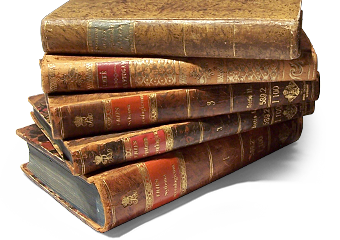Detection of indoor fungal bioaerosols
Published: October 5th, 2011
Revised: July 21st, 2014
JA Scott, RC Summerbell, BJ Green. 2011. Detection of indoor fungal aerosols. IN: Adan CG, Samson RA. Fundamentals of mold growth in indoor environments and strategies for healthy living. Wageningen: Wageningen Academic Publishers. pp. 353-379. doi: 10.3920/978-90-8686-722-6_13.
Introduction
The detection of microorganisms in environmental samples, particularly from air, has a long history, greatly pre-dating the analysis of the chemical contaminants that are now generally more familiar to occupational hygiene. Antonie van Leeuwenhoek (1632–1723) was the first to demonstrate the presence of microbial cells in indoor dust, but it was not until two centuries later that Louis Pasteur (1822–1895) famously demonstrated lactic acid fermentation by airborne microbes by introducing air into sterile broth in swan-necked flasks, thereby defeating the spontaneous generation hypothesis of microbial life (Pasteur 1857). Based on the recognition that living microorganisms could travel through the air, Pasteur’s methods were rapidly enlisted in the search for agents of human diseases, such as cholera and typhoid. Another early air sampler, the “aeroconioscope” of Maddox (1870), relied on wind pressure to propel air through a cone tapered to a narrow point positioned above an adhesive-coated slide onto which particles were impacted (Cunningham 1873, MacKenzie 1961). Although this device was effective in capturing particles from the air, airborne concentrations could not be determined because the volume of air drawn through the instrument could not be measured.




